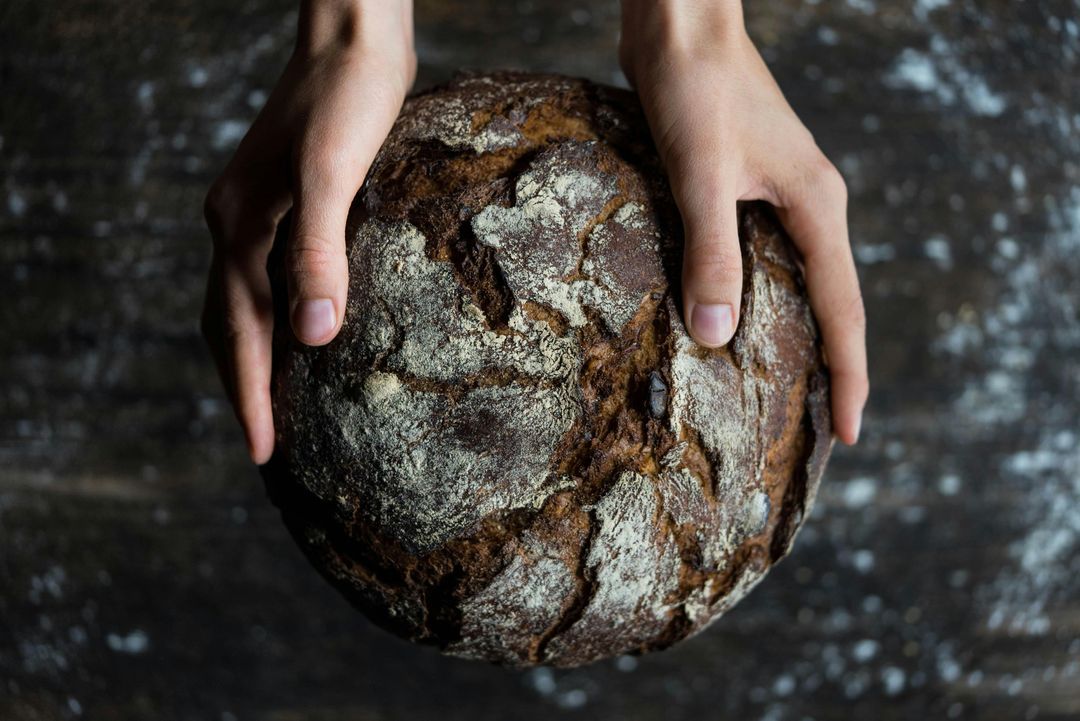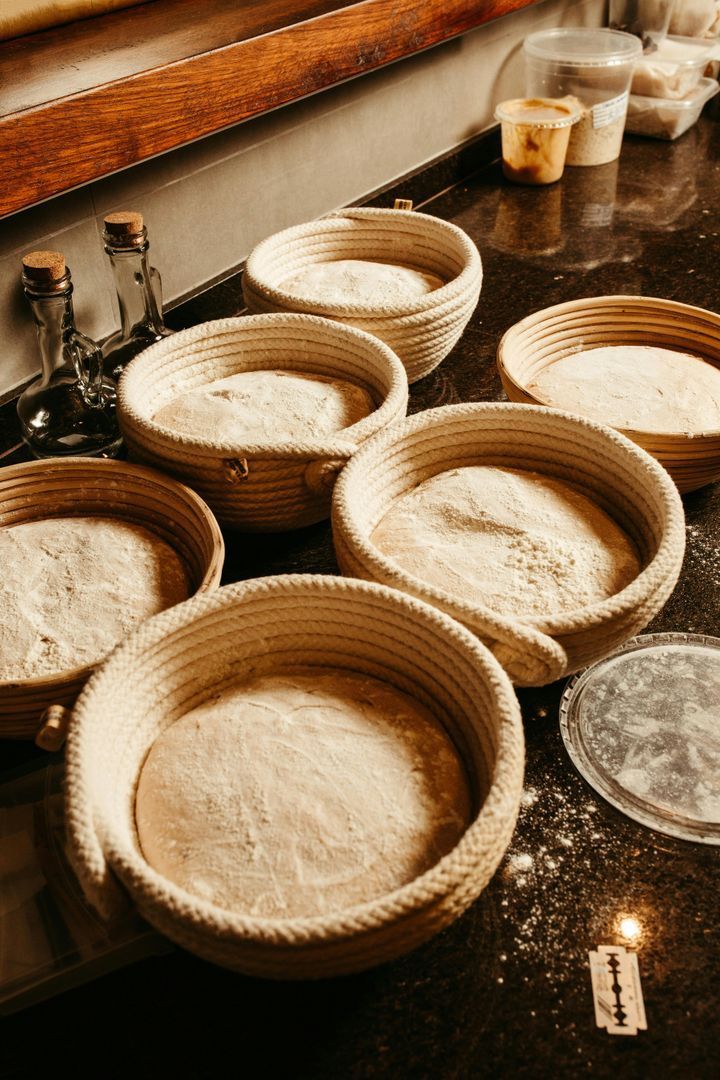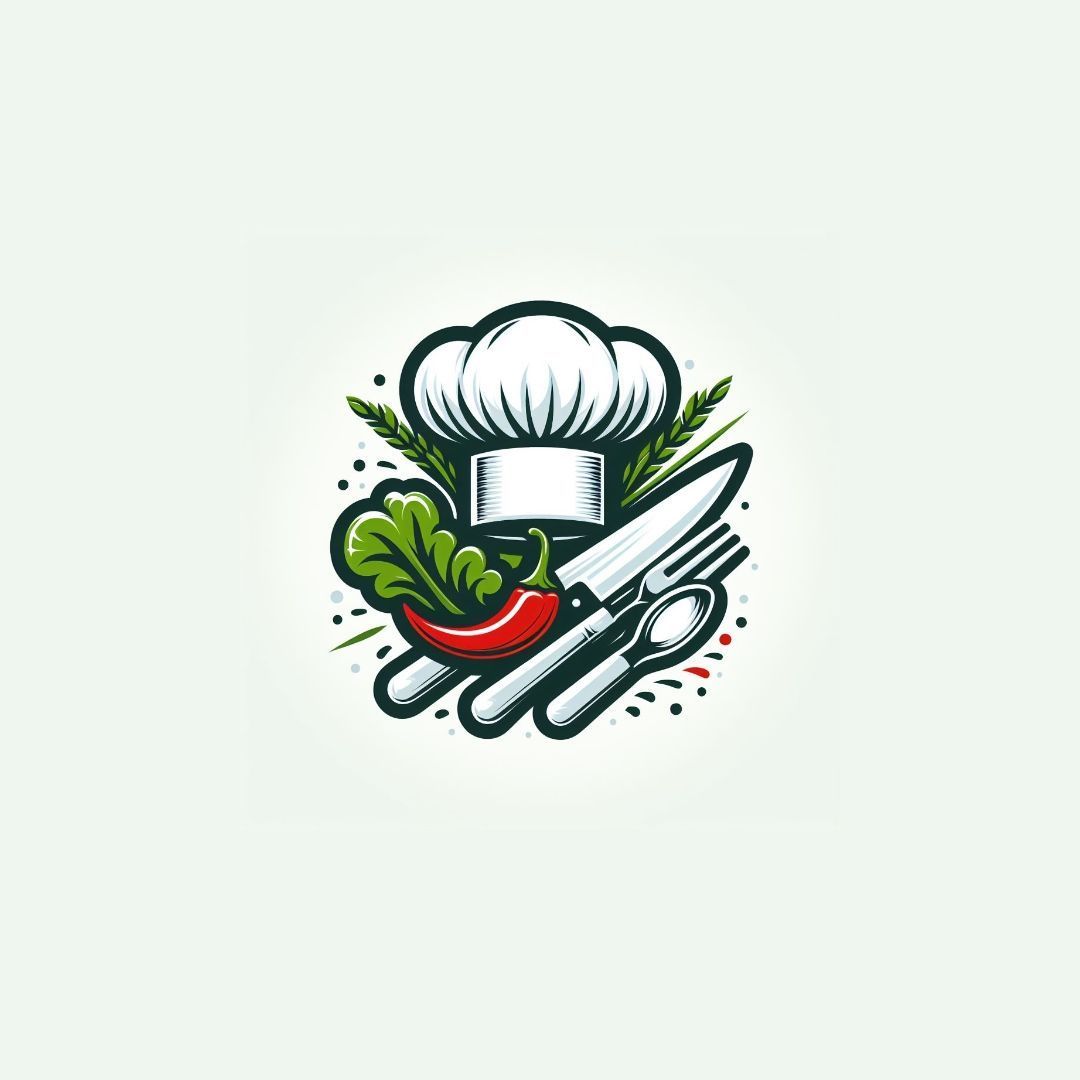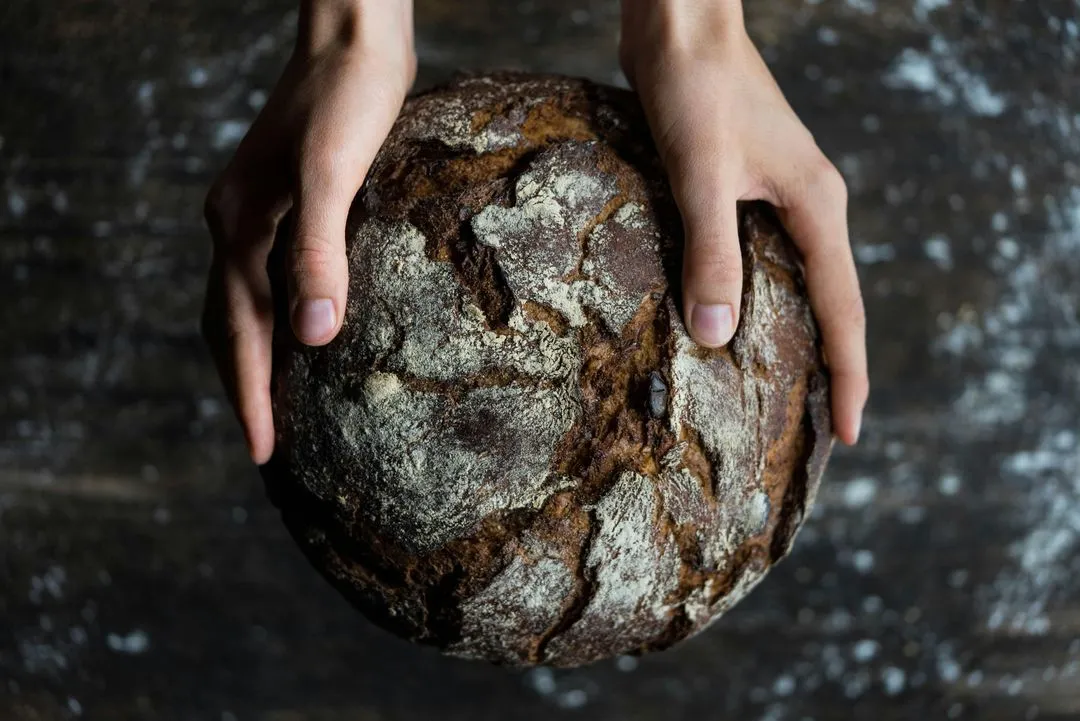Bread Shaping: The Hidden Art of Baking

Bread making is an ancient ritual, made up of precise gestures and time-bound procedures. Of all the phases of this process, one of the most underrated yet crucial is shaping . Its not just a matter of aesthetics: shaping the bread directly influences the development of the air bubbles, the crust, and even the flavor. Its the moment when the dough comes to life and prepares for baking, ready to become a living, fragrant, and fragrant loaf.
#BreadShaping #Breadmaking #Dough #Leaving #WhiteArt #HomemadeBread #BreadLovers #HomeBaking #BreadMaking #BakersOfInstagram #SourdoughLove #BreadArt #CrustGoals #HowTo #CookingTechniques #BreadTutorial #RecipeOfTheDay #CookingTips #Flour #Sourdough #SlowFood #NaturalCooking #TraditionalCooking
What is bread shaping?
Shaping is the process in which the dough, after the initial leavening (called puntata ), is portioned and shaped into the breads final form. It can be a round loaf, an elongated baguette, a rustic ciabatta, or small rolls. Its a technical, but also creative, process where expert hands manage to channel the doughs fermentative power into structures that promote good leavening in the oven (the so-called spring oven ) and a harmonious distribution of gases.
Why is it important?
- Air bubbles development : good shaping creates surface tension that promotes the upward push during cooking, making the crumb more open and light.
- Aesthetics and functionality : it gives the bread a consistent and regular shape, promoting uniform cooking and a beautiful crust.
- Gluten retention : Rearranging the gluten mesh during shaping improves the internal structure of the bread.
The stages of forming

- Dividing : divide the dough into portions, weighing them if necessary to obtain equal shapes.
- Rounding or pre-shaping : the dough is rounded or stretched slightly to organize it. This is an intermediate stage that precedes the actual shaping.
- Resting point : After pre-shaping, the dough rests briefly (15-30 minutes) to relax the gluten.
- Final shaping : The final shape is given with firm but gentle movements, trying to create surface tension on the outer surface of the dough. This will promote vertical growth and a well-developed crust.
The role of proofing baskets
During the final shaping stage, many bakers choose to let the dough rise in proofing baskets , also called bannetons or coucouches depending on the material and shape. These baskets, made of rattan, wicker, linen, or micro-perforated plastic, serve to support the dough during the final rise, preventing it from flattening. They also help retain moisture and create a slightly dry surface that promotes a crispier crust during baking. The baskets should be floured well before use (often with a mix of durum wheat and rice flour) to prevent the dough from sticking. Some also lend a decorative design to the crust, thanks to their spiral structure or striped fabric. A simple technical gesture that adds precision and beauty to homemade bread.
amzn.toCommon mistakes
- Too much handling : can deflate the dough and break the gluten mesh.
- Insufficient tension : If the surface is not taut enough, the bread may open unevenly or rise poorly in the oven.
- Inconsistent shape : Poorly shaped doughs bake unevenly.
🧠 Words from a master
Bread is alive, and like all living things, you have to learn to listen to it before shaping it.
— Richard Bertinet , French baker, author of “Dough” and master of the art of hand-baking
📋 What to remember during training
✔️ Relax the dough before final shaping (setting)
✔️ Work on a clean, lightly floured surface, without overdoing the flour
✔️ Create surface tension by rolling or twisting well
✔️ Do not deflate the dough: the movements must be firm but light
✔️ Respect the shapes and methods: each bread has its ideal shape
✔️ Observe the behavior of the dough, not just the clock

gourmet
Data di inserimento 10 mag 2025
Report article


Comments
There are no comments yet.